I want to detect edges (with sub-pixel accuracy) in images like the one displayed:

The resolution would be around 600 X 1000.
I came across a comment by Mark Ransom here, which mentions about edge detection algorithms for vertical edges. I haven't come across any yet. Will it be useful in my case (since the edge isn't strictly a straight line)? It will always be a vertical edge though. I want it to be accurate till 1/100th of a pixel at least. I also want to have access to these sub-pixel co-ordinate values.
I have tried "Accurate subpixel edge location" by Agustin Trujillo-Pino. But this does not give me a continuous edge.
Are there any other algorithms available? I will be using MATLAB for this.
I have attached another similar image which the algorithm has to work on:

Any inputs will be appreciated.
Thank you.
Edit:
I was wondering if I could do this: Apply Canny / Sobel in MATLAB and get the edges of this image (note that it won't be a continuous line). Then, somehow interpolate this Sobel edges and get the co-ordinates in subpixel. Is it possible?
